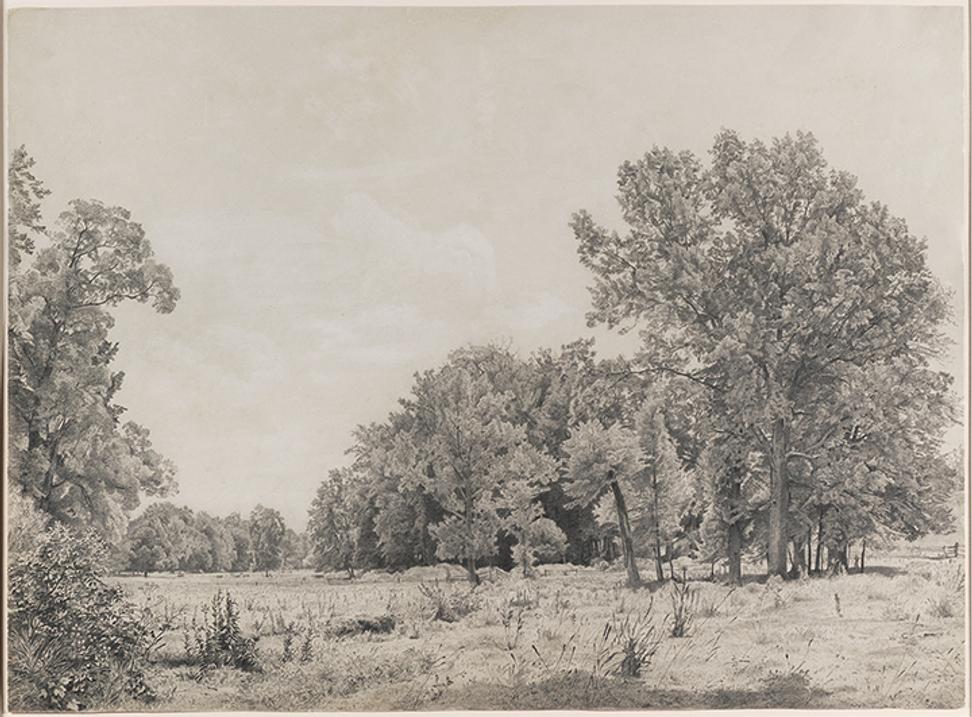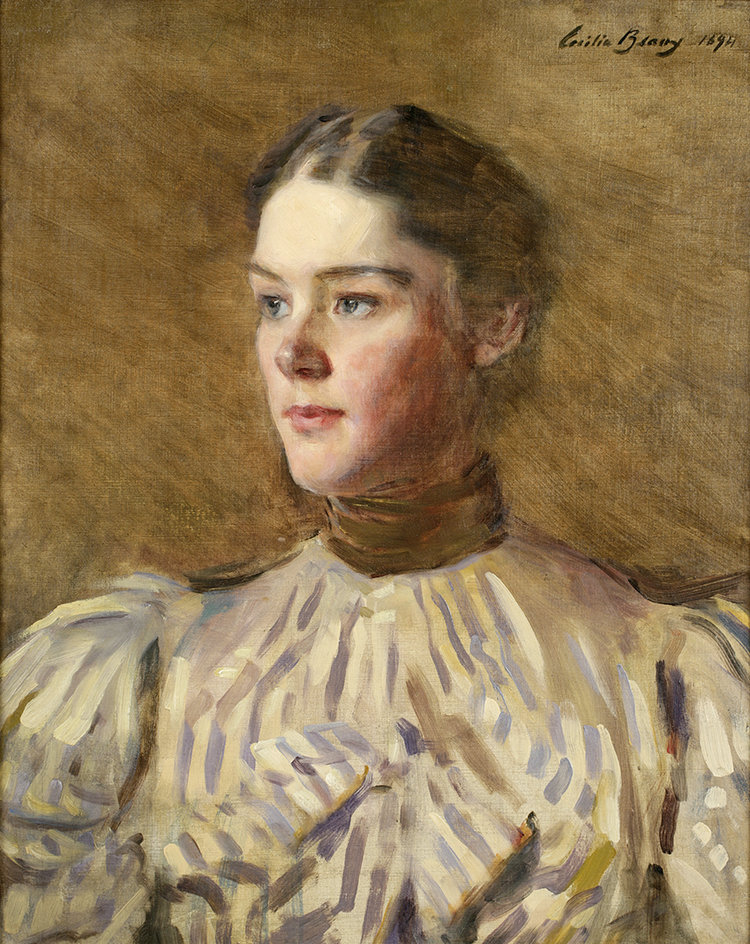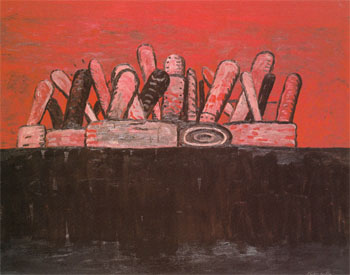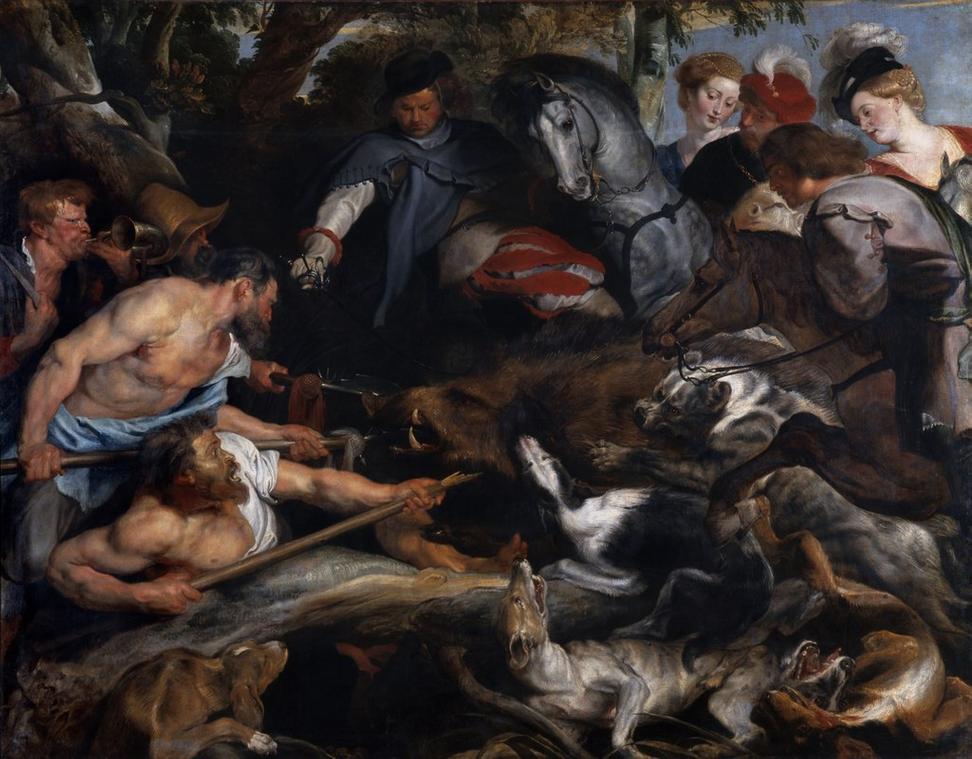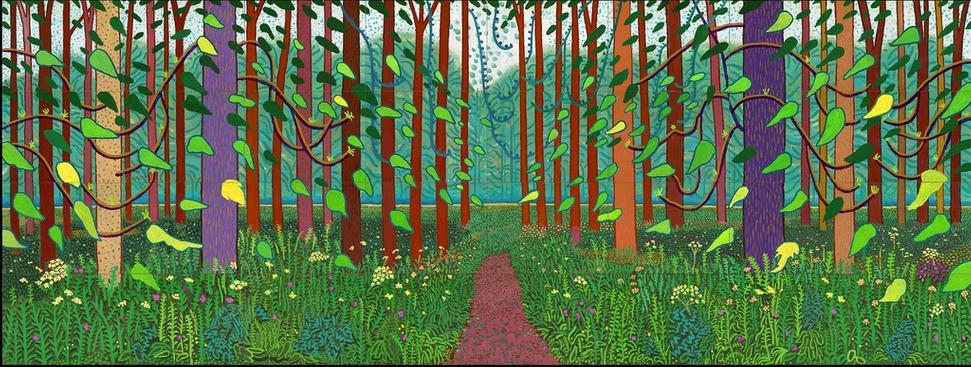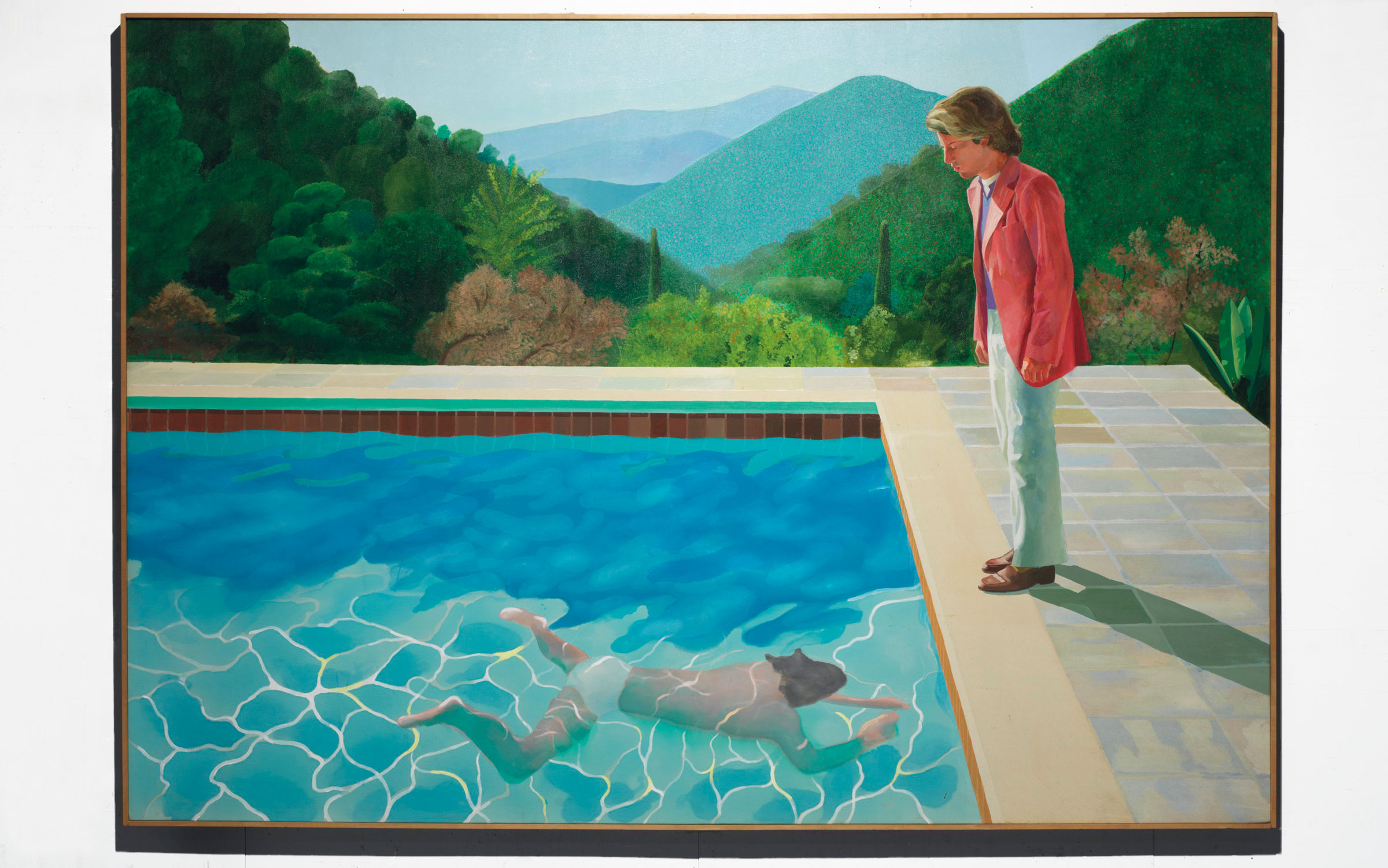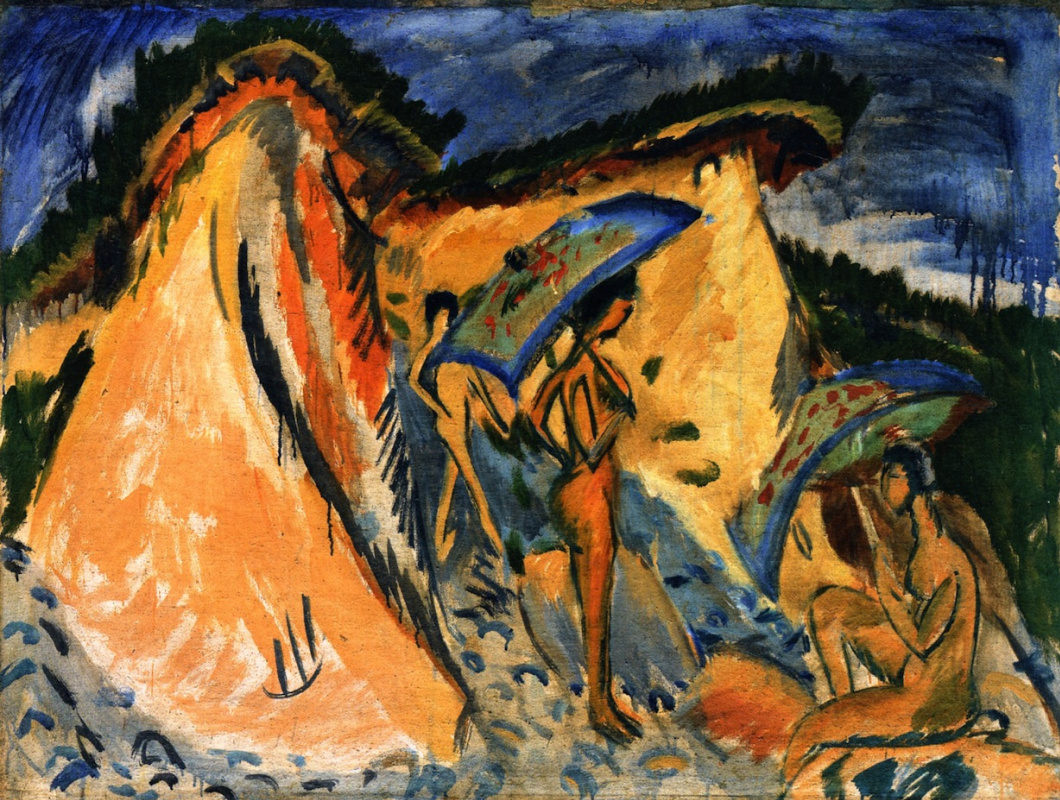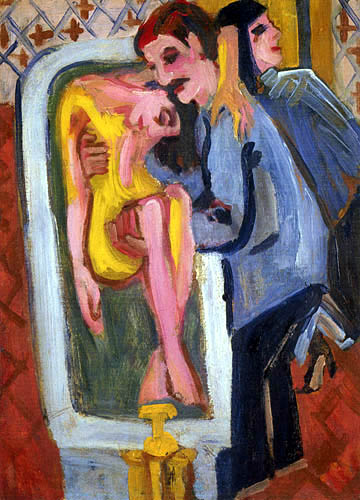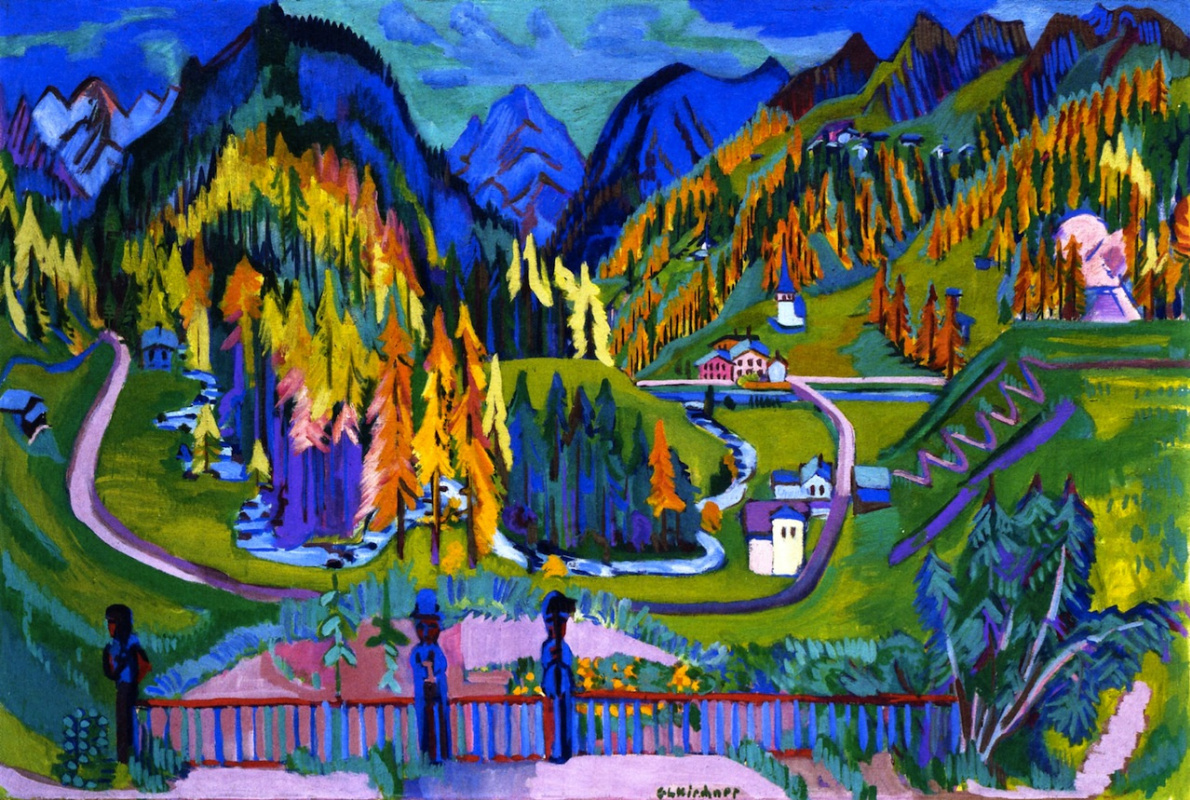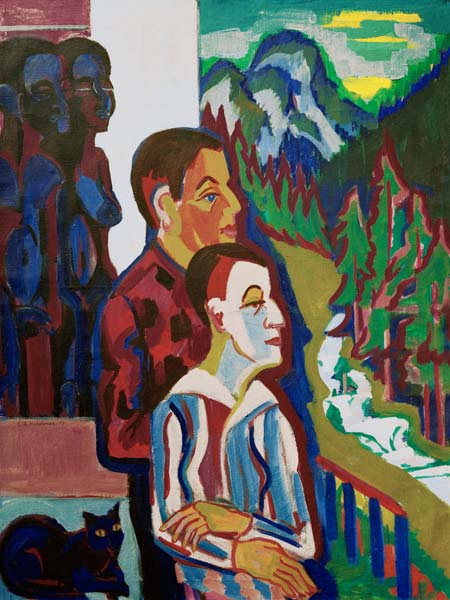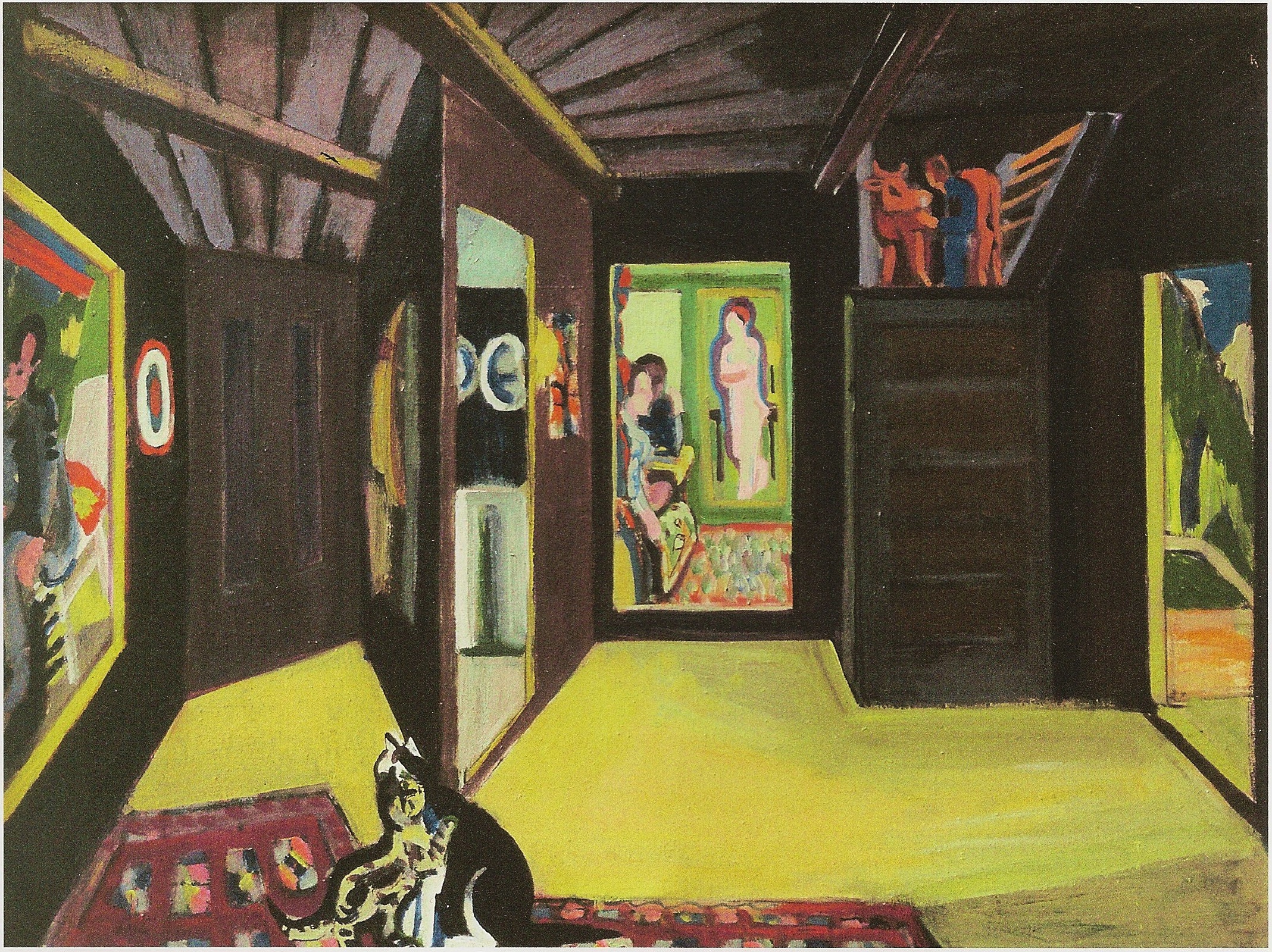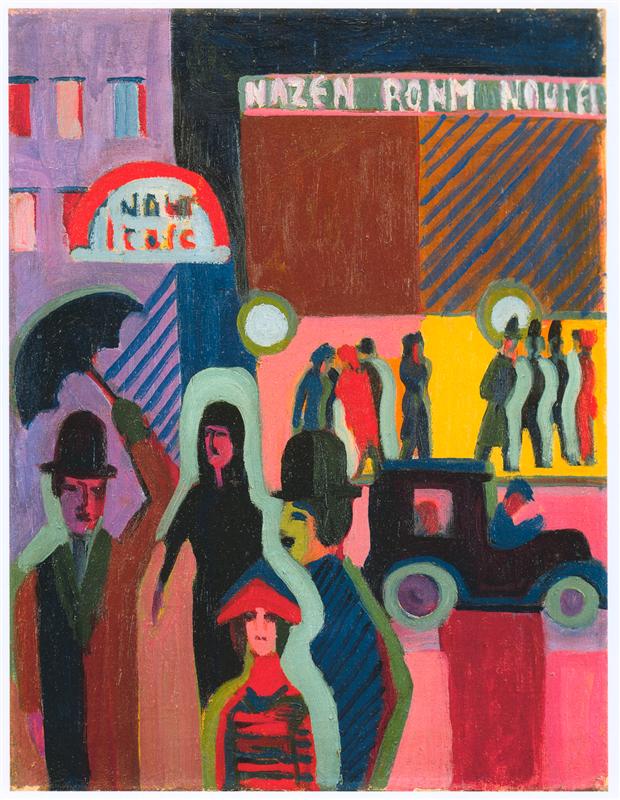Legion of Honor in San Francisco
April 6 to Sept. 8, 2019
Art Gallery of Ontario
October
12, 2019 to January 5, 2020
In 1608, after a period of intense artistic study in Italy, Peter
Paul Rubens (1577–1640) returned to his hometown of Antwerp. He found a
city eager to renew its visual culture and ready to support him, a bold
artist who worked at a rapid pace and dramatic scale that could satisfy
the demand for religious images while also supplying private collectors
with works of ancient history and mythology.
Early Rubens is
the first exhibition dedicated to the pivotal years between 1609 and
1621 when the Northern Baroque master established his career. In more
than 30 paintings and 20 works on paper, the exhibition will trace
Rubens’s early development as a master painter with a unique gift for
depicting seductive and shocking narratives. Rubens was not only a
sought-after artist, but also a diplomat, shrewd business man, and a
friend to scholars and monarchs.
Early Rubens will explore the
artist’s meteoric rise to the first rank of European painters through a
series of social and artistic choices that laid the groundwork for his
international fame.
“Peter Paul Rubens was both a prodigious and influential artist and
one of the most extraordinary figures of the 17th century,” says Thomas
P. Campbell, Director and CEO of The Fine Arts Museums of San Francisco.
“We are delighted to present this examination of Rubens’s early work at
the Legion of Honor in partnership with the Art Gallery of Ontario.
Inspired by continual scholarship and study of our collections of work
by Flemish masters, the exhibition will contextualize Rubens’s
importance and legacy for our audiences.”

Peter Paul Rubens (Flemish, Seigen 1577–1640 Antwerp)
"The Dreaming Silenus", 1610–1612. Oil on canvas, 62 1/4 x 85 3/8 in.
(158 x 217 cm). Gemäldegalerie der Akademie der bildenden Künste Wien.
Image provided courtesy of the Fine Arts Museums of San Francisco
More than 50 works from private and public collections in Europe and
North America — including the Royal Museum of Fine Arts, Antwerp; the
Kunsthistorisches Museum, Vienna; the Princely Collections of
Liechtenstein; the Rijksmuseum, Amsterdam; the British Museum, London;
the National Gallery of Art, Washington, D.C. and the Metropolitan
Museum of Art, New York will be brought together for the exhibition.
Many will be exhibited in North America or on the US West Coast for the
first time. The exhibition is arranged thematically, thereby revealing
Rubens’s mastery of a broad range of visual styles and subject matter,
both historical and mythological.
“What distinguished Rubens and made his pictures so thrilling for his
early viewers, was his ability to re-interpret important models he
encountered both on the Italian peninsula and in the Low Countries
through his own developing sense for vibrant, naturalistic color and his
virtuoso brushwork,” says Kirk Nickel, assistant curator of European
painting at the Fine Arts Museums of San Francisco. “His inclination to
work quickly and at a large scale was essential for Rubens’s success in
repopulating the city's churches with religious images, even while he
painted startling episodes of ancient valor, obscure Greco-Roman
mythologies, and unsettling moments of biblical history for private
collectors.”
 Early Rubens
Early Rubens is anchored in
The Tribute Money (ca.
1610 –1615), a treasured Flemish Baroque masterpiece from the collection
of the Fine Arts Museums of San Francisco,

and the recently
rediscovered
The Massacre of the Innocents (ca. 1611–1612), a centerpiece of the Art Gallery of Ontario’s collection.
"Early Rubens is a story of a painter and his city, of how
Rubens’s return to his chosen home at a particular moment in history
sparked in Antwerp an artistic, intellectual and commercial
revitalization,” says Sasha Suda, curator of European art at the Art
Gallery of Ontario. “
The Massacre of the Innocents not only
highlights Rubens’s achievement as a painter, it provides powerful
insight into the mindset of the citizens of Antwerp in 1610. I am
excited for our visitors to see it in a new way, and to understand the
incredibly important place it holds in Rubens’s development.”
Early Rubens is organized by Kirk Nickel, assistant curator
of European paintings at the Fine Arts Museums of San Francisco and
Sasha Suda, curator of European art and R. Fraser Elliott Chair of
Prints and Drawings at the Art Gallery of Ontario, Toronto. The
exhibition will be on view at the Legion of Honor from April 6 through
September 8, 2019, and then at the Art Gallery of Ontario from October
12, 2019, through January 5, 2020.
In Detail
After an eight-year sojourn in Italy, Rubens returned to Antwerp in
1608 to attend to his dying mother. Italy had been transformative for
Rubens, both in terms of his artistic skills and his professional
ambitions. A group of works from Rubens’s Italian years, including
altarpiece commissions and smaller cabinet pictures, will open the
exhibition, setting the context for the artist’s later artistic
developments.
Rubens’s experience in Italy informed the social and intellectual
circles that he sought to join in Antwerp. A selection of portraits
—some commissioned, others intimate portrayals of close friends and
family members—will show how Rubens sought to establish himself as a
“gentleman painter” and how he acquired increased social and
professional footing through his relationships with Antwerp’s mix of
humanists, merchants, and religious thinkers.
The Fine Arts Museums of
San Francisco’s portraits (ca. 1611)

of silk merchant Rogier Clarisse and his wife, Sara Breyel, reflect his widening network of relationships
that also touched the humanist Jan Woverius and the leadership of
Antwerp’s religious communities.
As a bastion of Catholic faith in the face of Dutch Protestantism,
Antwerp was eager for a visual language to match its strident support of
Rome’s Counter-Reformation priorities. Rubens’s talent for capturing
emotion and complex psychology in the movements of the human body was
essential to his success as a painter of Christian history.

Peter Paul Rubens (Flemish, Seigen 1577–1640 Antwerp)
"The Annunciation", 1609. Oil on canvas, 88 1/4 x 78 3/4 in. (224 x
200 cm) Kunsthistorisches Museum, Vienna, Picture Gallery, Inv. no. GG
685 © KHM–Museumsverband
Image provided courtesy of the Fine Arts Museums of San Francisco
The
jewel-toned
Annunciation from the Kunsthistorisches Museum, Vienna,

alongside
Christ on the Straw (the
Michielsen Triptych) from the Royal Museum of Fine Arts, Antwerp will
introduce a gallery featuring scenes from the life of Jesus. These
images not only stunned Antwerp at the time of their unveiling; but also
set a new template for religious images in Europe and far beyond.
Rubens’s talent for portraying gripping human drama was not limited
to devotional imagery, it was also integral to his success as a painter
of scenes for domestic spaces and galleries. His patrons were well
informed about antique art and literature, as well as recent artistic
developments in Italy, and they were delighted by Rubens’s skill at
incorporating these sources into his own works.
The psychological drama
in paintings such as
The Tribute Money and
The Massacre of the Innocents exemplifies his aptitude for distilling a narrative to its moment of highest dramatic tension.
During the 1610s, Rubens began to consider how best to publish his
pictorial inventions though reproductive engravings and he cultivated
relationships with the engravers he felt could best translate his
compositions to print. With major examples, such as
The Raising of the Cross and
The Battle of the Amazons from the Rijksmuseum, the exhibition will present the varied array of printmaking projects in which Rubens collaborated.
As large-scale paintings by Rubens began to enter the collections of
aristocrats and royal advisors during the 1610s, his international
reputation soared. By the 1620s, Rubens was a favorite of monarchs in
France, England, and Spain, and capable of conducting international
diplomacy alongside his artistic activities at foreign courts. The
exhibition culminates with a selection of Rubens’s large gallery
pictures, scaled to compete with tapestry or fresco painting.
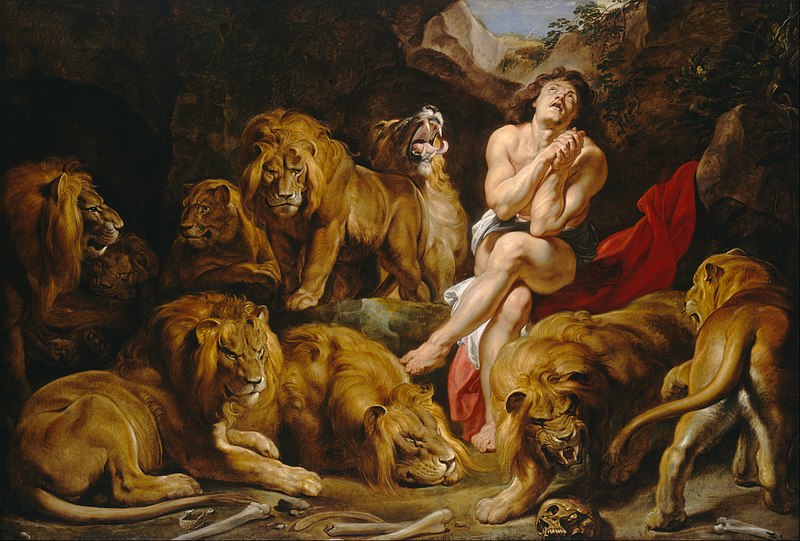
Mural-size
works such as the National Gallery of Art’s
Daniel in the Lions’ Den (1614/1616)
will be joined by other life-size scenes, allowing visitors to the
exhibition to appreciate the scope of Rubens’s ambition while also
understanding the role his workshop played in his international success.
